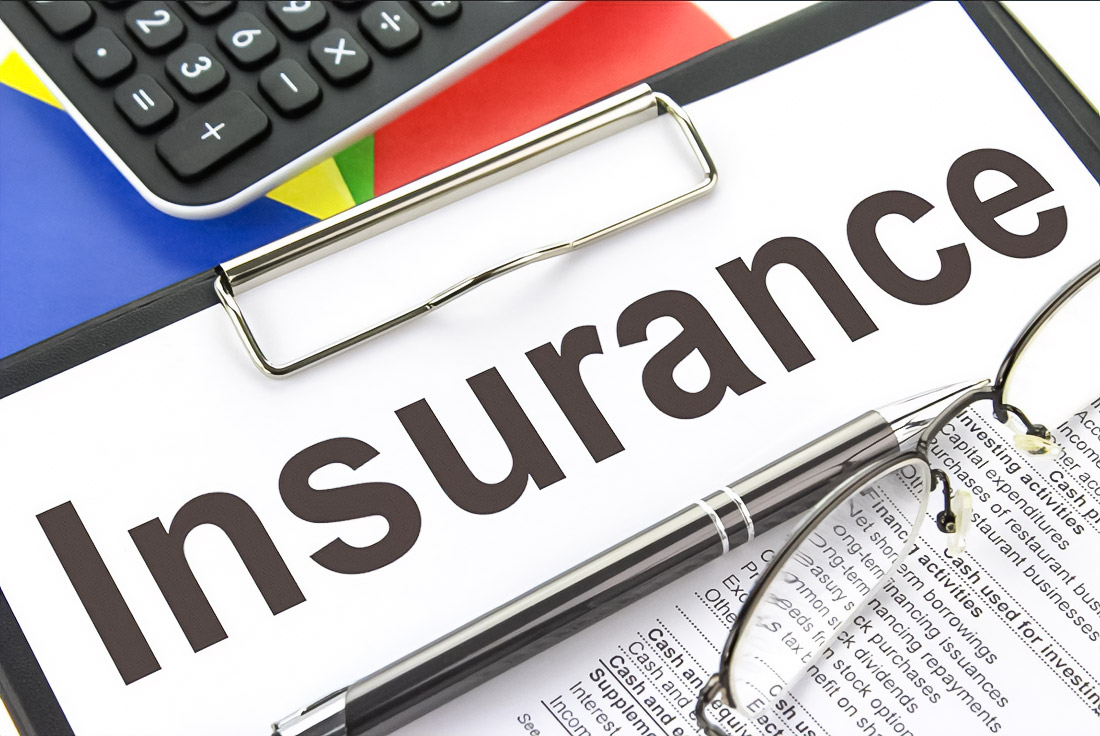In the UAE, car insurance is no longer conservative and predictable. In 2025, telematics and usage-based insurance will become the main risk assessment tool, changing the very logic of the market. Previously, the premium depended on the driver’s age, car make, and accident history, but now insurance is based on real driving behavior. Accelerations, braking, cornering maneuvers, and even the time of day of each trip are recorded by sensors and smartphones. All this is instantly transmitted over 5G to machine learning systems, where each route receives an individual risk assessment.
The trigger for the large-scale transition was the mandatory eCall, introduced in 2024: now all new GCC cars are equipped with automatic data transmission modules in case of an accident. These same devices give insurers access to detailed driving metrics. At the same time, 5G coverage expanded, which made it possible to process video streams and GPS logs without delays. And in the spring of 2025, the regulator officially approved usage-based insurance, subject to customer consent and data storage within the country.
Benefits For Drivers And Market Challenges

The system promises tangible benefits to drivers. According to a PwC survey, 27% of UAE residents are ready to change their insurer for a discount of over 15%. For careful motorists, savings can reach 40%, while applications show maps of dangerous areas and provide recommendations for improving driving style. But the model also has disadvantages: with frequent violations, the premium increases, and older smartphones suffer from accelerated battery drain.
The main challenge is privacy. The PDPL law requires explicit consent for data collection, storage in Tier-III data centers in Dubai or Abu Dhabi, and the possibility of complete deletion upon customer request. At the same time, individual providers leave loopholes for transmitting anonymized information to advertising services. This makes careful reading of the terms and conditions a mandatory step before connecting to telematics.
The market is growing against the background of dramatic changes in the cost of insurance. In 2024, premiums increased by 40% due to a combination of factors. The key was the worst flood in 75 years, which damaged over 100,000 vehicles and led to payments of 4 billion dirhams. Even those who did not apply faced an increase in prices when extending the policy. Additional pressure was created by reinsurance costs about 500 million dirhams.
Future Of Vehicle Insurance And Driving Behavior

Insurers pay special attention to electric vehicles. Their premiums increased by 50-70%, due to the complexity of repairs and the high cost of batteries. In parallel, the future of autonomous transport is being discussed. Who should be responsible in case of an accident without a driver, the owner, manufacturer or software developer? There is no answer yet, but the discussion is active
In numbers, the market looks like this: in 2024, it was estimated at $1.41 billion, and by 2032 it should reach $1.94 billion with an average growth of about 4.1% annually. In 2025, the volume is 1.45 billion dollars, and the average insurance cost per capita is 149.7 dollars. Young drivers are still at risk: 50% of fatal accidents in the country occur at the age of 17-25, and it is this category that pays 25% more for policies.
The growth of digital channels is no less significant. If five years ago online sales of policies were less than 1%, then in 2025 they reached 5-7%. Refund requests are processed faster due to the automatic verification of photos and police reports. The payout time is reduced to a few days, and some minor claims are closed almost instantly.
Trouble-free driving remains a key saving tool. The No-claim bonus provides a discount of up to 30% for three years without incident. Owners of older cars are more likely to choose third-party liability, while new cars are insured under comprehensive policies. Additional options roadside assistance, GCC coverage, or disaster protection increase the price, but give you more confidence on the road.
As a result, telematics and usage-based insurance will become not just a fashionable trend in 2025, but a structural element of the UAE insurance market. Technology, regulatory initiatives, and growing climate risks are shaping a new system where the price of insurance directly reflects driving style. For careful drivers, this is a chance to pay less and increase safety. For insurers, it is an opportunity to manage risks more precisely and reduce losses. There are years ahead that will definitively determine whether telematics will remain an add-on or become a standard practice.
For anyone comparing options, working with an insurance broker in Dubai can also help drivers navigate between traditional and telematics-based policies, ensuring better decisions on coverage and savings.

Fixie owner, father of 3, fender owner, Bauhaus fan and brand builder. Performing at the junction of simplicity and purpose to give life to your brand. I sometimes make random things with friends.

